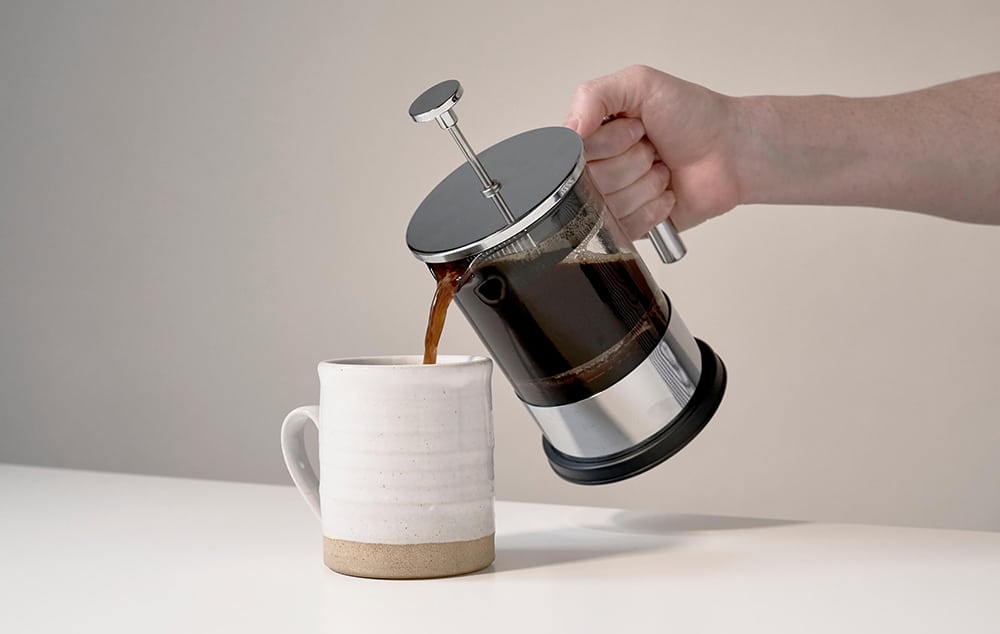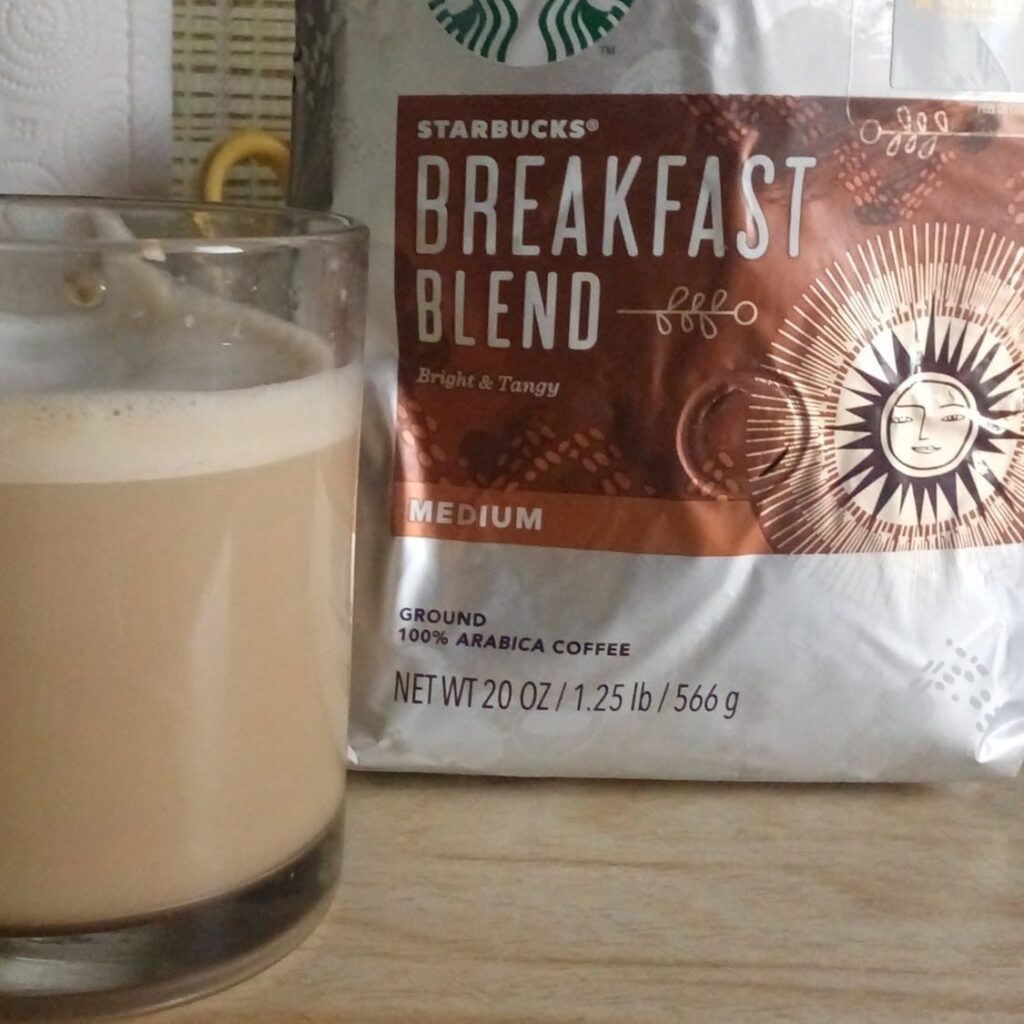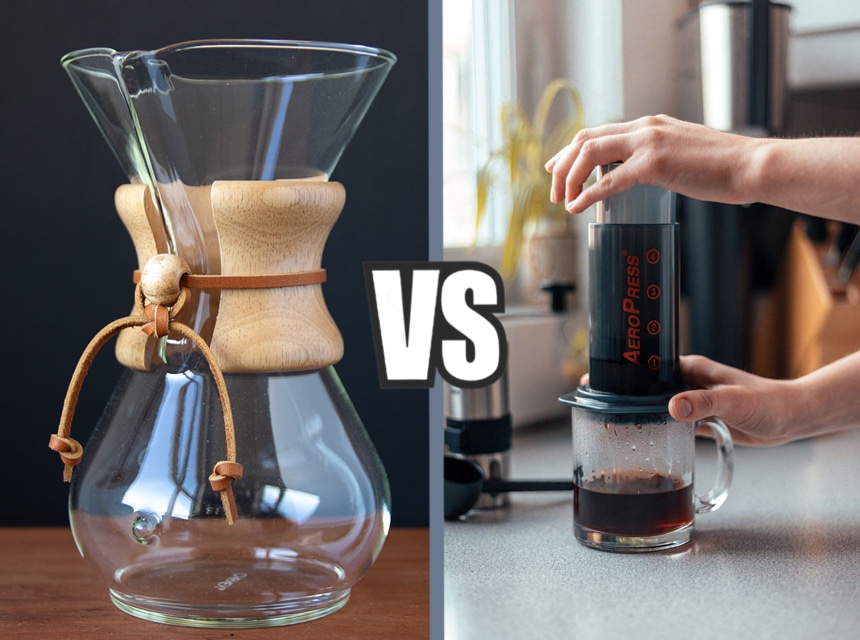

When you first started drinking coffee, you likely may have settled for instant coffee, perhaps because it tastes great, and making it isn’t complicated, and, of course, you didn’t even think about how many coffee beans were used in a cup of coffee. All you had to do to get a cup of coffee in the morning was to add coffee to your favorite mug, add hot water, stir, and enjoy.
Your coffee journey likely took an unexpected turn when you tried coffee that was made with top-notch brewing machines. The moment you sipped the coffee, your eyes must have lit in amazement as the sweet, rich coffee with a fuller taste flowed down your throat. You finally understood that all coffee isn’t the same, and saw the reasons to invest in one of the best super-automatic espresso machines.
Even with a coffee maker like the French press or the automatic drip machine, you may not be able to brew premium quality coffee if you use pre-ground beans. The reason for this is that important gases and oils that contribute to its taste and aroma may have been lost. Using fresh whole beans is, therefore, the best way to get a cup of delicious coffee.
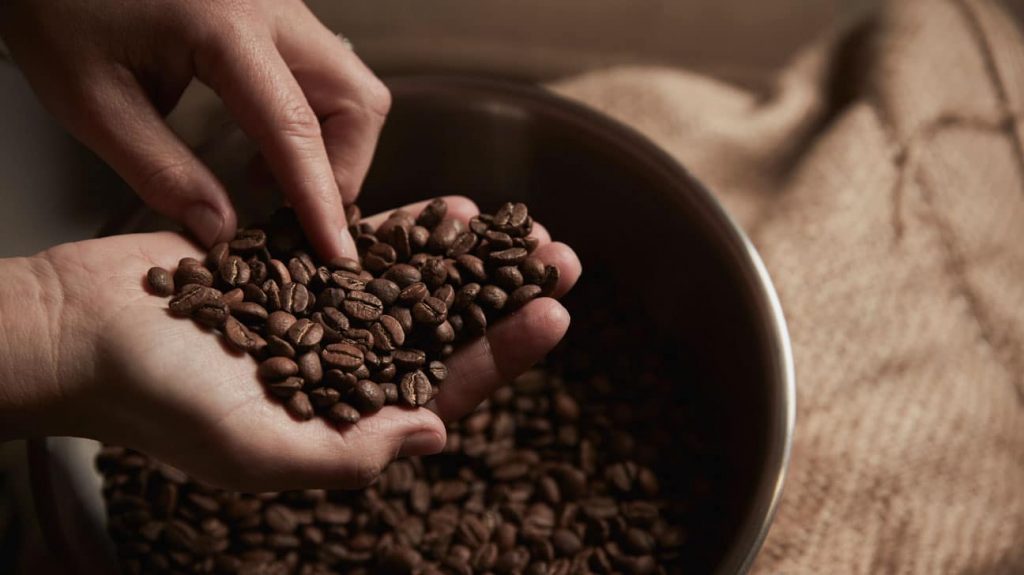
However, one thing you should keep in mind is that the number of coffee beans you use can vary significantly because of factors like the grind size, coffee type, brewing method, and the size of your cup.
Approximately, you are going to need about 90 to 150 beans to brew a 12 oz. cup of coffee.
Next, we will be taking a close look at some of these factors and how they influence how many coffee beans you need for a cup.
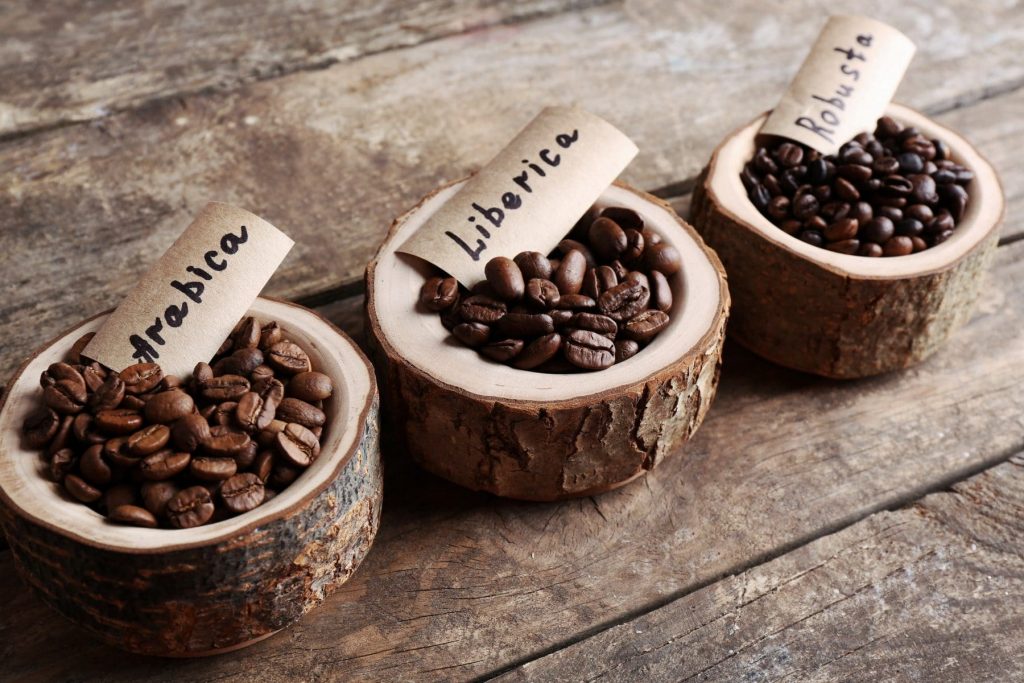
The reasons why the size and shape of coffee beans aren’t constant are endless. Everything from the species of the coffee beans to the growing condition can significantly affect it. Bear in mind that even coffee beans of the same species may not be identical. One could be bigger and weigh more than the other.
On average, a roasted coffee bean weighs between 0.1 to 0.15 grams. But that number could go up, as some coffee bean species are very large. The Elephant beans, for example, weighs around 4 grams each. So, if you use this variety, you are likely going to need fewer beans to brew a cup of coffee. Note that there are some coffee bean types that are extremely small.
It is easy to assume that the grind level doesn’t affect the number of coffee beans you will use when making a cup of coffee. But that is far from the truth. Try paying a little bit more attention the next time you grind, and you will be amazed to see that when you opt for a smoother grind, the number of beans you will need to make a cup of coffee will go up. If you want to be always sure how many beans you use, we recommend you read our review of the best manual coffee grinders that offer a wide range of adjustment levels.
If, on the other hand, you program the coffee grinder to produce a coarse result, you will require fewer coffee beans. The science behind it is really quite simple and straightforward. Think about it this way – let’s say, you have an empty jar, and you decided to fill it up with large rocks, and at the end of the day, you ended up using ten large rocks to fill it to the bream. Instead, if you plan on filling up the same jar with sand, you are definitely going to need more than ten grains of sand to fill it up. And this is because the sand grains are way smaller than the rock. So, the grind level does affect how many coffee beans you will have in a cup.
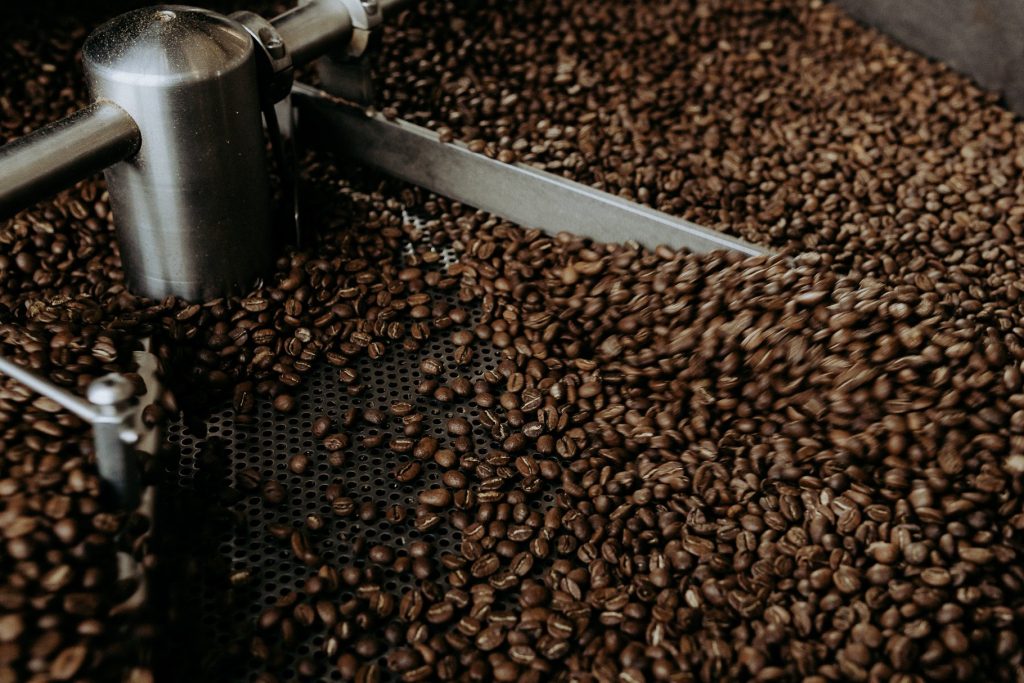
The longer you allow your coffee beans to roast, the less they weigh. You see, the heat that plays the most important role in the roasting process causes the beans to lose moisture. The heat may also alter their structure, thus making them smaller.
One thing you need to keep in mind is that your coffee beans may also lose weight when you grind them. Circulating air, the heat in your kitchen, and a few other factors can lead to moisture loss the moment you start grinding.
Does this really matter? The short answer is, yes. The reason for this is that moisture takes space. So, if your coffee beans lost a lot of moisture during the roasting process, they are going to be smaller and take less space. In the end, there will be room for more coffee to fit in your cup.
If you are an avid coffee drinker, you will definitely know that there are plenty of ways to brew coffee. While some methods require us using a few beans, others require more. For example, if you want to make a rich and intense flavored espresso, you are going to need a lot of finely ground coffee, hence more coffee beans. However, if you are using an average drip coffee machine, you are likely going to need a smaller number of coffee beans.
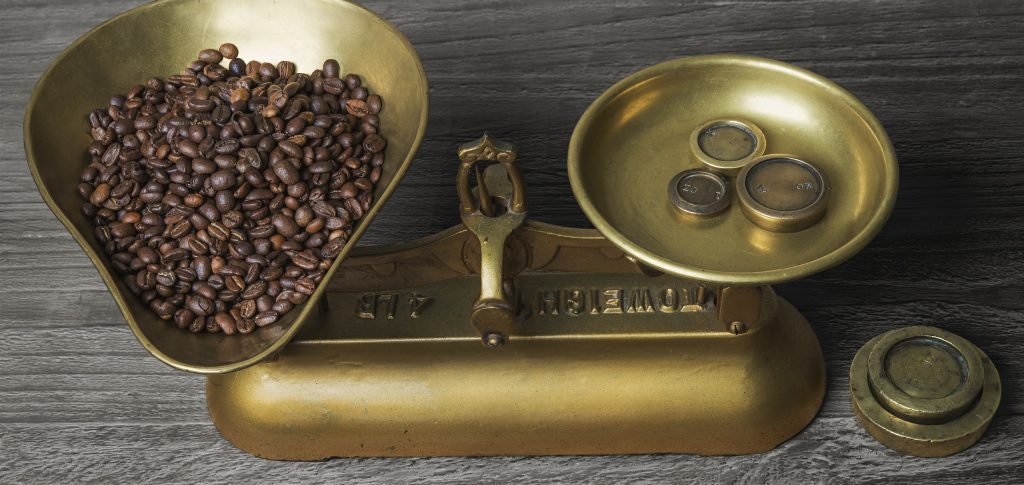
The bottom line is that weight is more important than volume any time any day. The right number is somewhere between 8 to 17 grams for a cup. You can use a kitchen scale to get the exact weight of coffee beans you need to brew a cup of coffee each morning.
Knowing how many coffee beans in a cup of coffee isn’t just a curiosity satisfying endeavor, as it may also give you insights on things you probably didn’t know about the beverage you love. Like the fact that coffee loses moisture, oil, and other essential elements as soon as it is grounded or during the roasting process, all of which contribute to its weight. You also now know that the method you use to brew your coffee can affect the number of beans you will use.
Believe us, there are still millions of facts about coffee, which many of us don’t know. So, it’s great to keep searching for answers. You never know the next big thing you might find out.

